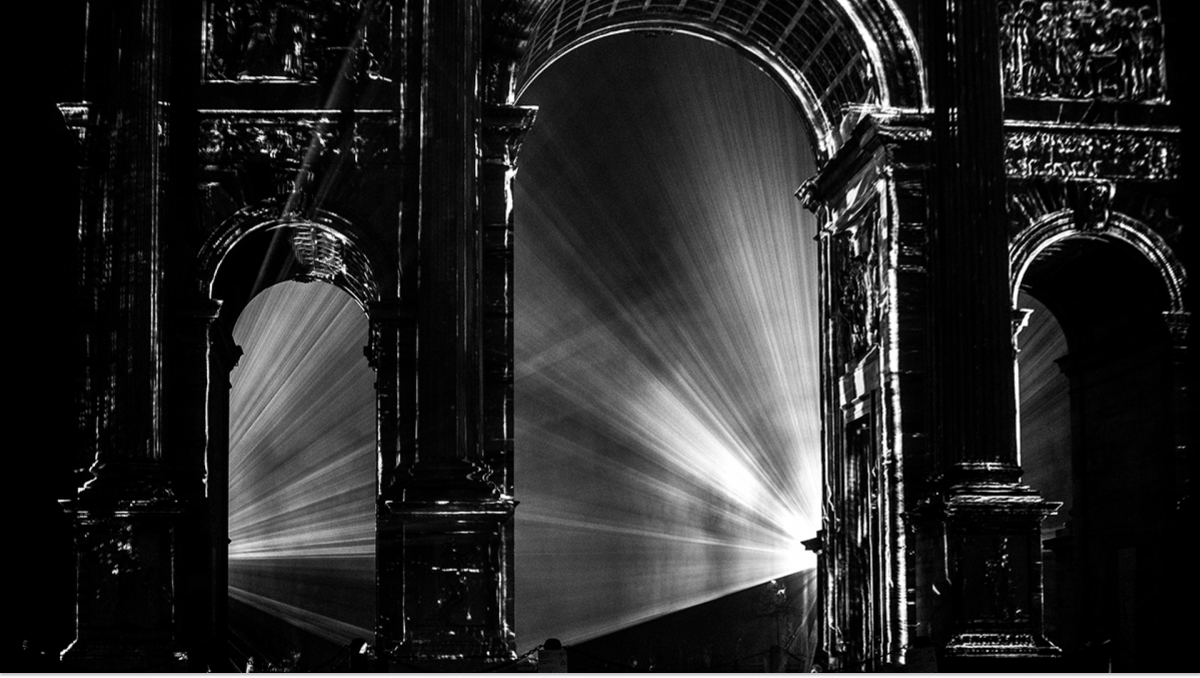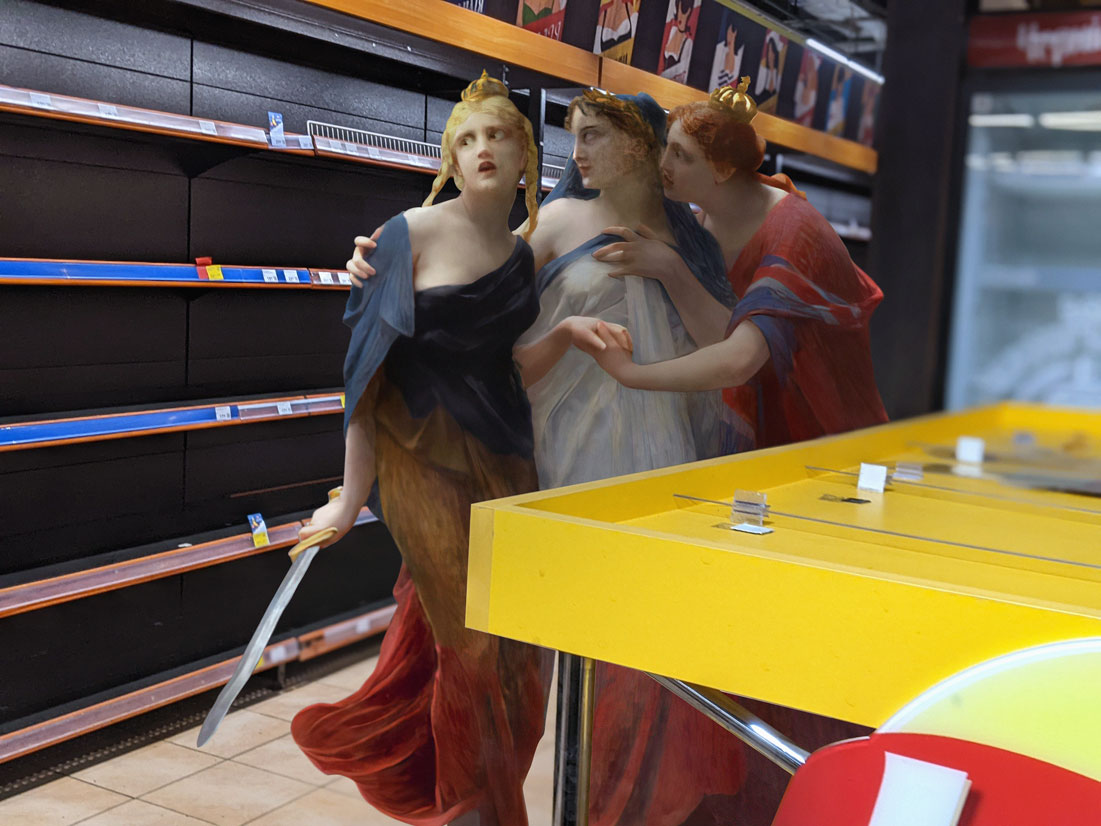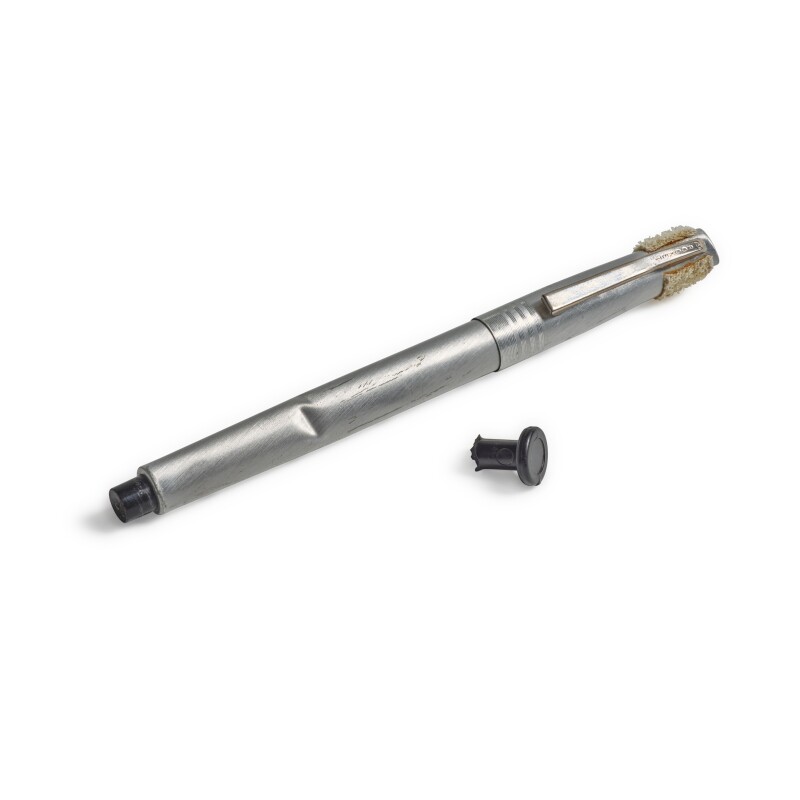From Apollo 11 artifacts to the Peace Arch

When you store something on a blockchain – whether it’s a meme coin, a Goblin NFT, or even public documents – it will stay there forever, etched on the blockchain’s ledger. It will not be disturbed or modified, and barring a worldwide apocalypse, it will not be forgotten.
This last bit is important. While an ISIS supporter may have previously experimented with the immutable properties of blockchain technology as a way to keep hateful propaganda online forever, this is very much the exception and not the rule. As such, several projects have emerged over the years to exploit this core feature of blockchain technology.
Blockchain as unchanging and unforgettable
And what do they hope to do? Take care of the culture. Whether it’s an artefact, architecture or sometimes a once-in-a-lifetime event – there’s hardly a better way to ensure these are preserved online than via NFTs.
When something and everything in this world comes into existence, it begins a losing battle with entropy. It also applies to non-living things – especially architecture. Just take a quick look at some of the ancient structures of the world: many remain standing, but time has taken its toll on all these engineering feats, sometimes changing them on an almost fundamental level. For example, the pyramids in Egypt used to be white thanks to the highly polished limestone slabs used in their construction.
Fortunately, not all structures built in antiquity have gone through similar amounts of decay. Italy is an excellent example of this. Scattered across the otherwise modern country are tangible remnants of its long, rich history: the architecture. Unfortunately, despite the care that goes into maintaining buildings like the Leaning Tower of Pisa, there is no guarantee that these will stand forever.
Unconditional tourism
However, crypto art project Monuverse may change that fact. It hopes to use NFTs and the metaverse in a new way: instead of bringing users to images of distant worlds, it will bring ours the world to them. And it all starts with one of Italy’s most famous monuments: the Peace Arch.

“On NYE [2021], the Arch of Peace was clad with a ground-breaking 360° public architectural computer sculpture created by the renowned Ouchh studio. It was the first time a monument was video-mapped in its entirety. The result was an astonishingly immersive experience that merged physical and virtual realities while giving the Peace Arch a whole new life,” said Monuverse founder Andrea Salomone in an interview with nft now.
And what became of these video mappings? Apart from several NFT pieces inspired by the iconic arches to fall, Monuverse also aims to give users access to the monument via an immersive VR experience. A virtual tourist experience, if you will.
“With virtual tourism, we could travel anywhere in a flash. We will be able to visit places we would never have hoped to visit and learn about the history of different cultures in a new and engaging way, such as talking to historical characters powered by AI, attend events without physically being there, and much more,” Salomone said. “Google Earth is an incredible tool, but it’s not an immersive experience. When you use it, you really don’t feel like you’re traveling; in my opinion hardly dream of doing it, as you would while looking at photos or videos of your friends’ vacations or a movie set in, say, New York. As technology continues to improve our lives, I think we can really push tourism a step further.”
To undo the damage of war
Unfortunately, time is not the only enemy of our world’s architecture. War also poses an equal, if not greater, threat to the integrity of the beautiful structures along our planet. Sometimes overlooked when considering the costs of war is its impact on the physical world around us. That’s the exact truth that Kyiv-based multimedia artist Alexey Kondakov hoped to address with Reverberate Ukraine.

But instead of preserving the streets of Kyiv in their prime, Kondakov chose to do the opposite. Instead, his collection was centered on showing the world the kind of damage war can still do to our cities and capitals. Despite that, Kondakov took care to depict the current state of his beloved home by juxtaposing these scenes in war-ravaged Kyiv with characters directly lifted from centuries-old art paintings.
Proceeds from Reverberate Ukraine’s sales helped fund World Central Kitchen. This non-profit organization works day and night to feed everyone affected by one of the most urgent humanitarian crises in recent history. The auction for these pieces ended in May 2022, conducted by the legacy auction house Bonhams. At the time of writing, limited edition prints of one piece from the collection are still for sale on the official website.
Own history
Of course, architecture is far from the only thing NFTs can help preserve. The same goes for artifacts as well. This was demonstrated at an auction in July for relics from one of the crowning moments of human history – the seminal mission of Apollo 11. As part of Sotheby’s Geek Week event, the auction house included a collection that is sure to touch even the quietest of space fans.
The “Buzz Aldrin: American Icon” collection allowed collectors to purchase and own items from Aldrin’s storied career. Of course, it includes several important parts of Apollo 11 doctrine. Namely, Aldrin’s flight jacket, the broken circuit breaker that almost brought disaster to the mission, and the marker used to fix it.

Thanks to MIRA’s immense ability to create digital representations of real-world objects – accurate down to the last molecule – this auction paired these items with NFTs of their digitized forms to act as proof of authenticity. Considering the pen above fetched bids as high as $2 million, its new owner should rest easy knowing they couldn’t lose this certificate even if they tried. The certificate and the digital form of the item itself will live on the blockchain forever.























